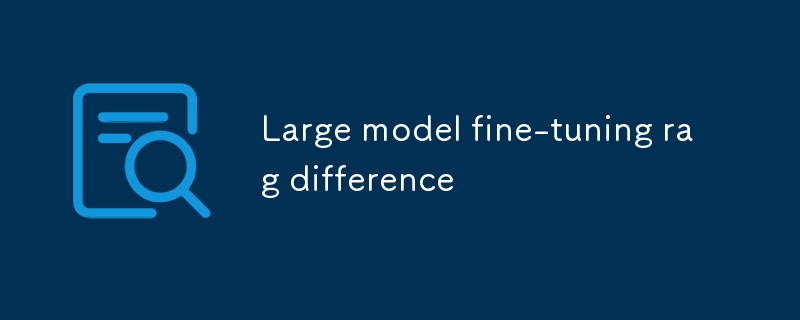This article compares large language models (LLMs) and retrieval-augmented generation (RAG) models for text generation. LLMs excel in fluency and diversity but may lack relevance and coherence. RAG models prioritize relevance and comprehensiveness by

Large Language Models vs. Retrieval-Augmented Generation: What's the Difference?
Large language models (LLMs) are generative models trained on vast amounts of text data. Retrieval-augmented generation (RAG) models combine retrieval and generation techniques. In retrieval-augmented generation, an initial set of relevant documents is retrieved from a database, and then a language model is used to generate natural language text that is both relevant to the retrieved documents and coherent with the input prompt.
Key Advantages and Disadvantages of Each Approach
Large Language Models:
Retrieval-Augmented Generation:
Impact on the Quality and Diversity of Generated Text
LLMs can generate text that is fluent and coherent, but it can be difficult to control the quality and diversity of the generated text. This is because LLMs are trained on very large datasets, and the quality of the generated text is often determined by the quality of the training data.
In contrast, RAG models can be used to generate text that is both relevant and comprehensive. This is because RAG models first retrieve a set of relevant documents, which helps to ensure that the generated text is relevant to the user's query. Additionally, RAG models can be used to generate text on topics for which there is a limited amount of training data.
Industry Applications
LLMs are well-suited for tasks such as generating marketing copy, writing scripts, and creating social media content. RAG models are well-suited for tasks such as generating news articles, legal documents, and customer service transcripts.
以上是大模型微调 rag 区别的詳細內容。更多資訊請關注PHP中文網其他相關文章!




